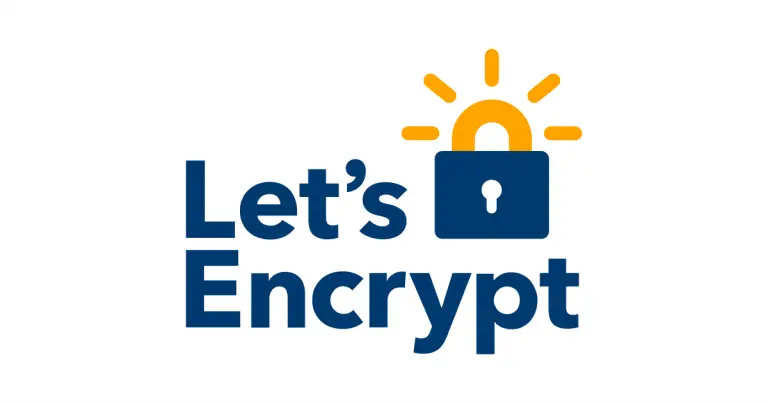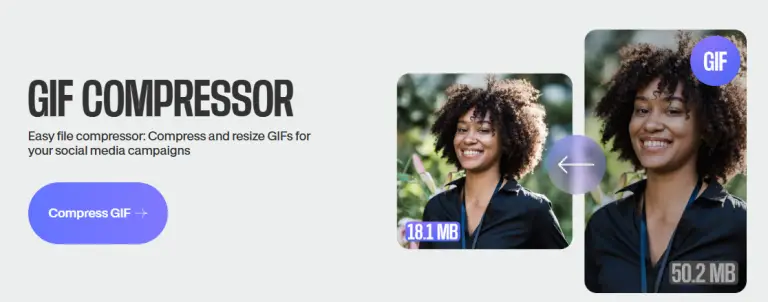
The open-source, cross-platform streaming and recording software OBS Studio has recently released the public beta of version 31.1. Among its most noteworthy enhancements is the introduction of multi-track video support for Linux and macOS.
This update primarily focuses on delivering significant new capabilities to Linux and macOS users. Additional features include preview zoom control, auxiliary canvas support for multi-track video output, AV1 B-frame support for AMD’s AMF, and GPU-accelerated color format, space, and range conversion.
The forthcoming release will also introduce a refreshed UI with customizable appearance options, including font size and density (padding/spacing), improved network optimization with TCP pacing for multi-track video, support for multi-track stream delay, QVBR rate control via VA-API, and synchronized display capture through PipeWire.
Another notable addition is support for the Video4Linux virtual camera in non-Linux environments such as BSD, as well as support for the Spatial AQ option on macOS 15 and later through the VideoToolBox encoder.
For users with AMD or Intel GPUs, hardware acceleration for browser sources on Linux is now supported. However, due to inconsistencies across GPU drivers, this feature remains disabled for Nvidia GPUs.
Other refinements in OBS Studio 31.1 include improved pre-rendering performance, a unified menu appearance, the ability to record recommended streaming service settings, enhanced scene collection import tools, streamlined source lists, a redesigned missing file dialog, dockable toolbar improvements, and support for Windows 11 on ARM architecture.
Those interested can download Beta 1 from the following link for an early preview. Please note: as this is a beta release, it may exhibit stability issues and is not recommended for use in production environments.


